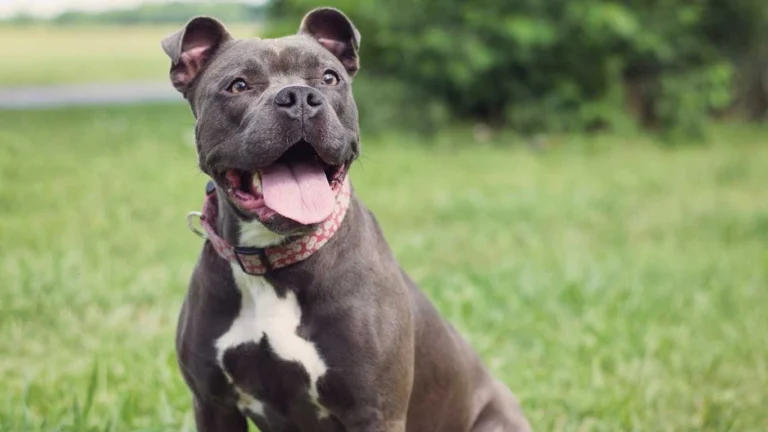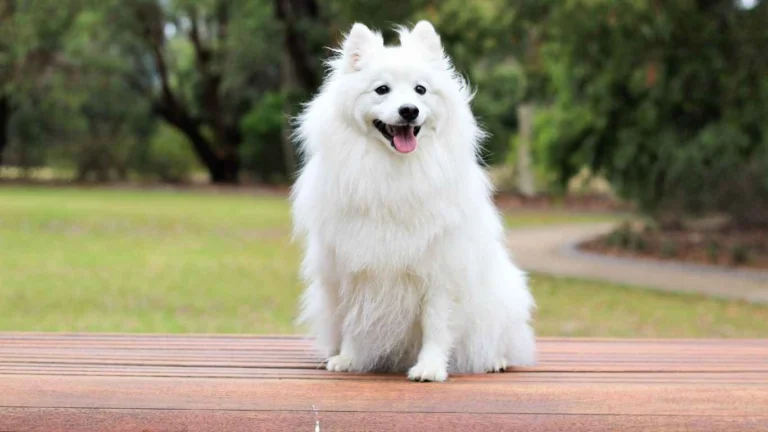Best Diet for Dogs with Hypothyroidism: Powerful Nutrition Tips That Work
If you’ve ever had a dog diagnosed with hypothyroidism, you know just how important the *right diet* becomes—not just for weight management, but for energy, coat health, and mood. In my years working as an Animal Care Specialist, especially in clinics and shelters where I’ve seen this condition more times than I can count, one thing is crystal clear: the best diet for dogs with hypothyroidism can truly change a pup’s quality of life. But what does “best” even look like in this case? That’s what we’re unpacking today—with no fluff, just real talk and tips from experience.
What Is Canine Hypothyroidism, Really?

Before we dive into food bowls and nutrition labels, let’s back up a bit. Hypothyroidism in dogs happens when the thyroid gland doesn’t produce enough thyroid hormones. These hormones are crucial for regulating metabolism. When they’re low, things slow down—literally. Think sluggishness, weight gain, poor coat condition, and even behavioral changes.
In the shelter setting, I often spotted early signs of hypothyroidism in the quieter dogs who just seemed a little “off.” While tests confirmed it, diet played a huge role in turning things around. Honestly, even before medication kicked in, dietary adjustments were already doing the heavy lifting.
Why Diet Matters More Than You Think
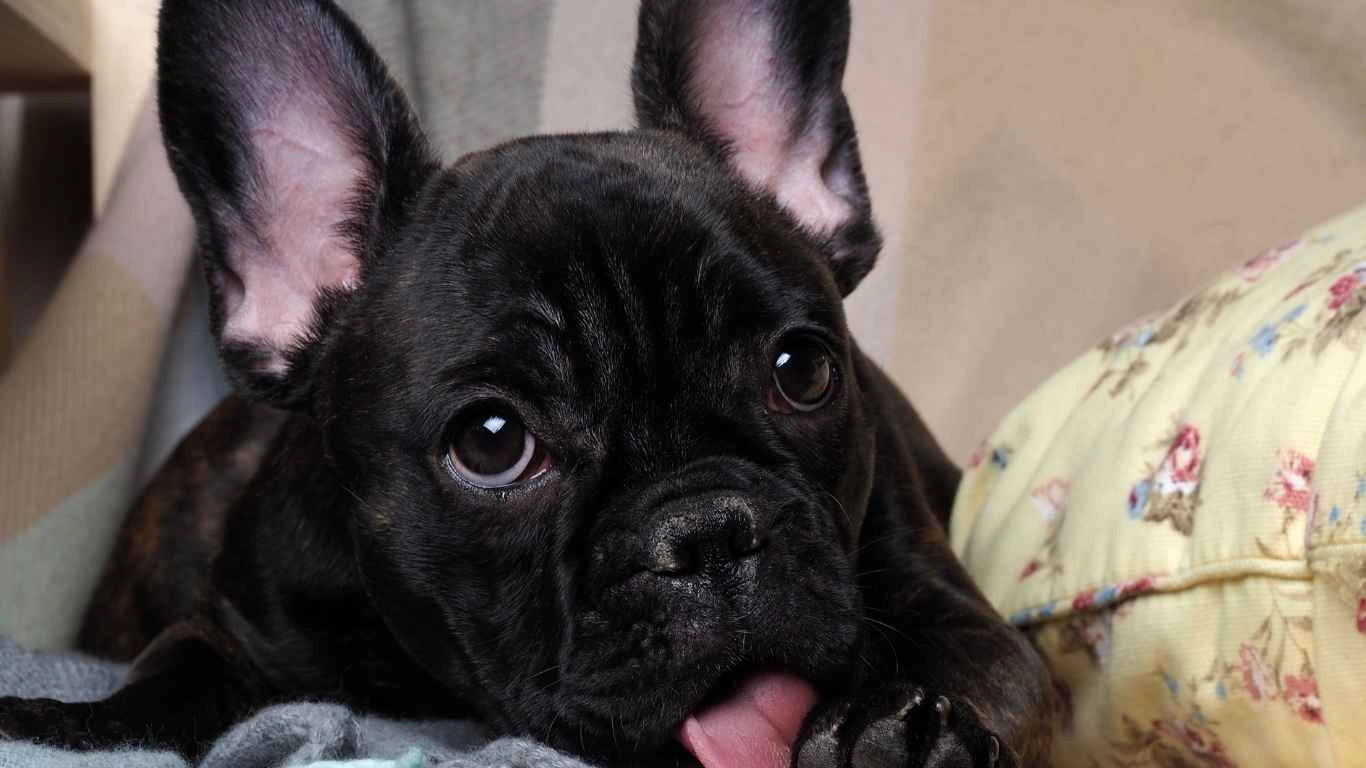
Look, medications like levothyroxine are key for managing hypothyroidism, but nutrition is where the magic starts. The best diet for dogs with hypothyroidism supports their sluggish metabolism, keeps weight in check, and ensures other organs aren’t overcompensating for the thyroid’s shortfall.
Key Goals for a Hypothyroid-Friendly Diet:
- Promote a healthy weight – Less fat, more muscle.
- Support thyroid function with key nutrients like iodine and selenium.
- Reduce inflammation – Especially if there’s an autoimmune component.
- Boost energy and skin health – Because flaky skin and low energy are common issues.
In my experience, pet parents often assume “hypoallergenic” or “senior” food will cut it. Sometimes yes, often no. This condition needs a bit more nuance.
What to Look for in the Best Dog Food for Hypothyroidism

1. High-Quality Protein (But Not Overboard)
Think lean meats like turkey, salmon, or chicken. Quality protein helps keep muscle mass up without adding unnecessary fat. I’ve had great success recommending fish-based diets, especially for dogs also dealing with skin issues.
2. Limited Carbohydrates
Dogs with hypothyroidism often struggle with weight gain. Stick to lower glycemic carbs like sweet potatoes or lentils instead of corn and wheat. I once cared for a Lab mix who gained 15 pounds on a high-carb diet—and lost it gradually just by switching to a low-carb, high-protein formula.
3. Healthy Fats (Omega-3s Are Gold)
Flaxseed, fish oil, and even a bit of coconut oil can make a big difference. Not only do they support skin and coat health, but they also reduce inflammation and aid brain function.
4. Rich in Selenium and Iodine
These two minerals are essential for thyroid health. Just be careful not to go overboard, especially with iodine. Kelp supplements are trendy, but I’ve seen them backfire when not used properly. Balance is everything.
5. Free from Fillers and Artificial Junk
If the ingredients list starts with corn, by-products, or anything you can’t pronounce—skip it. Dogs with thyroid issues need clean, whole foods. I’ve seen coat shine and energy levels bounce back just by eliminating synthetic preservatives and dyes.
6. Digestibility
It’s not just what goes in the bowl—it’s what gets absorbed. Hypothyroid dogs can sometimes have sluggish digestion too. Prebiotics, probiotics, and easy-to-digest proteins can help. I always check stool quality (gross but necessary) when trying new foods. It tells you a lot.
Honestly, no one-size-fits-all formula exists. I’ve had shelter pups thrive on raw diets, while others did best on specialized kibble. It’s all about the right match for their individual needs, and sometimes that takes a little trial and error (and a lot of label reading!).
Reading Labels Like a Pro: What Matters and What Doesn’t
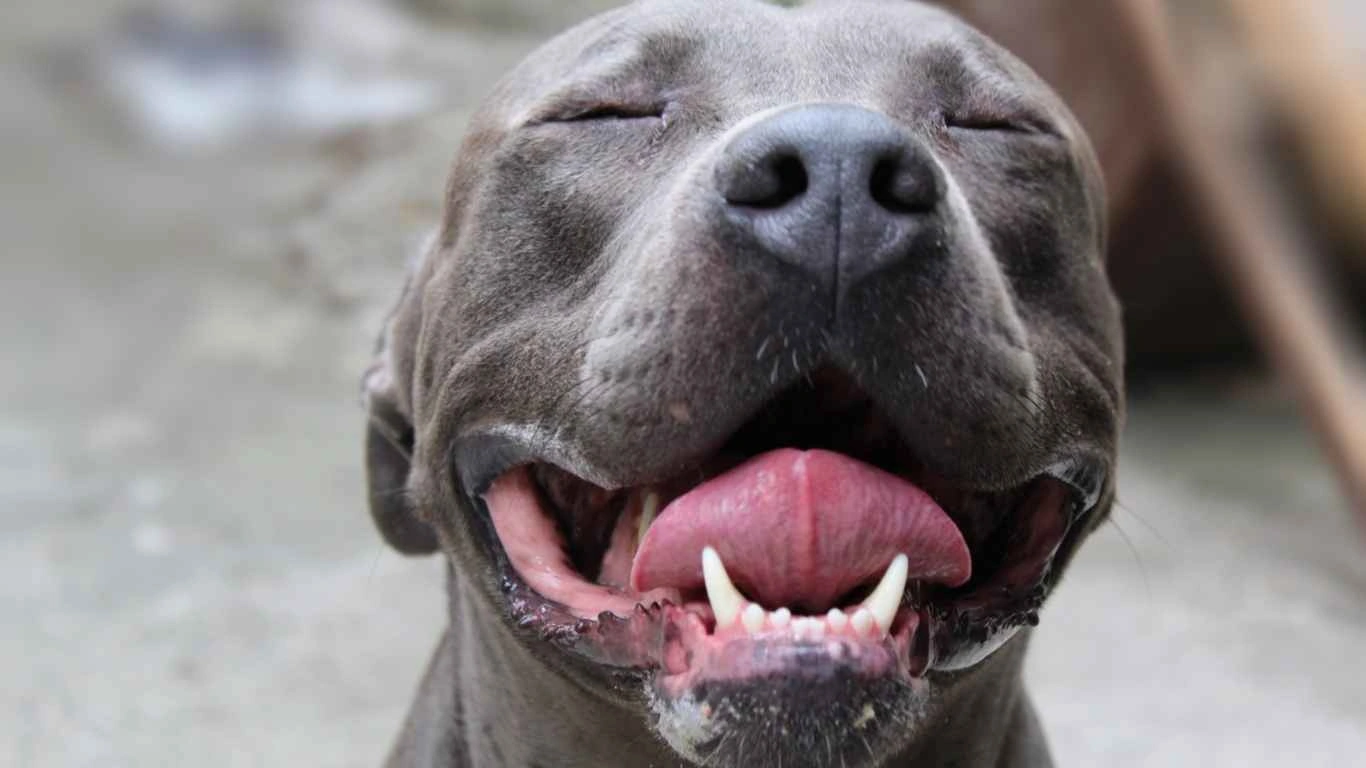
Now, I know label reading can feel like decoding a foreign language—especially when brands love to market their food as “all-natural” or “vet-approved.” But over the years, I’ve learned how to cut through the noise. When you’re shopping for the best diet for dogs with hypothyroidism, here’s where to zoom in:
- First five ingredients: These make up the bulk of the food. If they’re whole, recognizable items like deboned chicken or sweet potato, you’re on the right track.
- Added supplements: Look for things like L-carnitine (helps with fat metabolism), taurine (heart support), zinc, and B vitamins—all great for thyroid dogs.
- AAFCO statement: While it’s not the gold standard, it at least confirms the food meets minimum nutritional requirements.
- Feeding guidelines: Start here, but remember—hypothyroid dogs may need a little less than suggested, especially if they’re not super active.
Quick tip from the shelter floor: I always kept a list of ingredient “green lights” and “red flags” for new volunteers. It made it way easier when choosing food for our thyroid-affected rescues. Trust me, it’s worth building your own cheat sheet.
Homemade Diets: Yay or Nay?

Okay, let’s talk homemade. I’ve met a lot of loving pet parents who want to cook for their dogs—especially when dealing with health issues. And while homemade diets can be amazing, they have to be done right. I’ve seen both ends of the spectrum: glowing transformations… and major nutritional imbalances.
What Works:
- Fresh, whole foods with variety (think lean meats, leafy greens, root veggies, berries).
- Precise portioning and nutrient balancing, ideally with guidance from a veterinary nutritionist.
- Supplements like fish oil, zinc, and sometimes even prescription-grade thyroid support if your vet recommends it.
What to Avoid:
- “Guessing” ingredient amounts without knowing the dog’s exact needs.
- Overuse of goitrogens—foods that interfere with thyroid function like raw broccoli, kale, and soy. Cooked versions are usually safer in moderation.
- Skipping key supplements, especially calcium and essential fatty acids.
From personal experience, I used to batch-cook for a hypothyroid beagle in our clinic named Milo. His coat was dull, and he was sluggish and overweight. With our vet’s help, I created a rotation of balanced meals that included turkey, quinoa, spinach (lightly steamed), and pumpkin. In a couple of months, he looked like a new dog—glossy coat, brighter eyes, and 7 pounds lighter. It was work, sure, but so worth it.
Treats and Chews: Hidden Calories (and Iodine!)

Let’s not forget the little extras—treats, training rewards, dental chews. These might seem harmless, but they can seriously tip the balance for a dog with thyroid issues.
Things to Watch:
- Calories: A few high-calorie treats a day can undo all the progress of a carefully planned diet.
- Iodine content: Some seafood-based treats can push iodine levels too high, especially if your dog’s food already contains seaweed or kelp.
- Fillers and dyes: Still an issue in many mass-produced treats. Stick to single-ingredient snacks if you can.
One of my go-to tricks is making my own dehydrated sweet potato chews or using freeze-dried liver in tiny portions. You get all the reward with none of the weird additives. Plus, the dogs go wild for ’em. Win-win!
Hydration and Thyroid Health: It’s a Bigger Deal Than You’d Think
Here’s something that often flies under the radar: hydration. I’ve noticed that dogs with hypothyroidism sometimes don’t drink as much as they should. Whether it’s due to lower activity levels or just general sluggishness, it can compound issues like constipation, dry skin, and poor detoxification.
Easy Hydration Boosts:
- Add bone broth (unsalted and no onions) to meals for flavor and moisture.
- Incorporate wet food or homemade stews into their diet a few times a week.
- Keep fresh water in multiple places around the house—especially if your pup is older or has mobility issues.
One of our golden retrievers at the shelter, Daisy, wasn’t a fan of plain water but would lap up her meals when we added a splash of broth. Not only did it help her thyroid meds absorb better, but her energy also improved and her stools normalized. Sometimes the simple things matter most.
So, whether you’re reading ingredient labels like a detective, simmering homemade meals in your kitchen, or just switching out processed treats for whole food snacks, remember this—every little tweak adds up. Your pup’s thyroid might be lagging, but their potential for health is still wide open. Keep leaning into what works, and don’t be afraid to pivot when needed.
How to Transition Your Dog to a New Hypothyroid-Friendly Diet
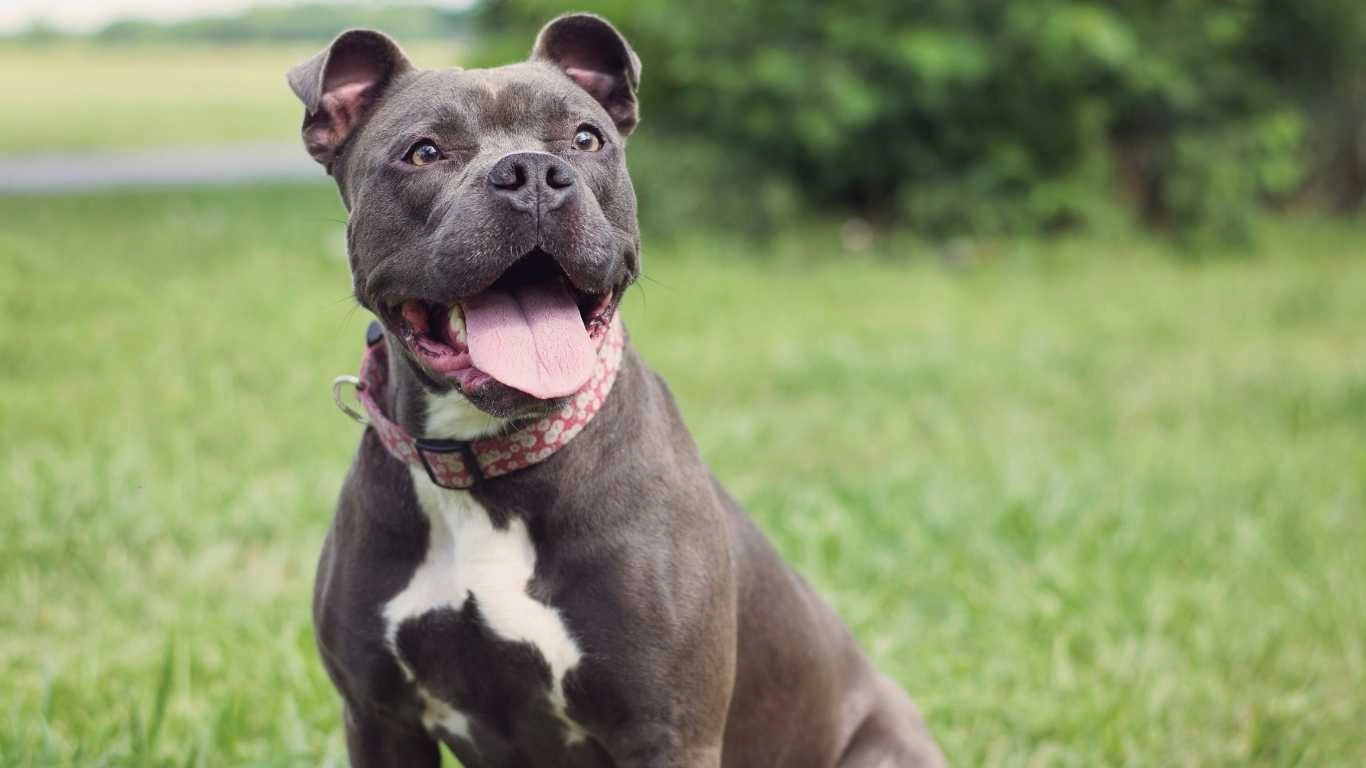
Alright, so you’ve found the perfect food (or maybe you’re planning to whip up homemade meals like a canine gourmet chef)—awesome! But don’t rush it. One mistake I saw *way* too often in the clinic was switching food too fast. Dogs with hypothyroidism are often a little more sensitive, and their digestive systems need time to adjust.
Here’s my go-to slow-switch schedule:
- Days 1–2: 75% old food, 25% new food
- Days 3–4: 50/50 mix
- Days 5–6: 25% old food, 75% new food
- Day 7: All new food
If you notice soft stools or tummy upset, pause at the current mix and give your pup’s gut a few extra days before progressing. I had a sweet old husky named Jasper who could *only* transition over two full weeks. Rushed it once, and well… let’s just say we were mopping floors. Lesson learned.
Vet Check-Ins: Don’t Skip ‘Em

Even with the best diet for dogs with hypothyroidism, it’s not a set-it-and-forget-it thing. You still need to loop in your vet regularly—especially when you’re tweaking meals, switching brands, or considering supplements.
What to monitor during vet visits:
- Weight trends: Is your pup gaining or losing in a healthy way?
- Bloodwork: Thyroid hormone levels (T4, Free T4, TSH) should be tracked at least twice a year.
- Coat and skin health: These are visible markers of how well the diet is working.
- Energy and behavior: Sometimes subtle shifts say more than lab numbers.
One vet I worked with always said, “Don’t treat the test—treat the dog.” That stuck with me. Lab numbers matter, but so does how your pup’s *actually* doing day to day.
Common Mistakes I’ve Seen (and How to Dodge Them)
No judgment—we’re all learning as we go. But in my years working hands-on with dogs at shelters and clinics, I’ve seen a few recurring slip-ups when it comes to managing hypothyroidism with diet:
- Ignoring calorie counts: “Healthy” food can still pack on pounds if portions aren’t controlled.
- Over-supplementing iodine: It’s tempting to go heavy on kelp and seaweed, but too much can do more harm than good. Balance is key.
- Forgetting treats count: Those “just one” treats add up fast—especially jerky or high-fat options.
- Assuming all grain-free foods are better: Not necessarily. Some grain-free options are high in fillers like peas or potatoes. Read the label, always.
I remember helping a family whose Cocker Spaniel wasn’t responding to her thyroid meds. Turns out she was getting spoonfuls of peanut butter daily (yep, with added sugar and salt). We swapped to a clean diet and low-calorie veggie snacks—and she was bouncing around within a month. Diet really does make that much difference.
When Food Alone Isn’t Enough
I’d love to tell you that the right meal fixes everything. But sometimes, even with the perfect diet, your dog might still need a little extra support.
That could mean:
- Prescription medication: Most hypothyroid dogs will need levothyroxine or similar for life.
- Regular blood tests: Especially after any major diet change or dose adjustment.
- Exercise plans: Even a slow daily walk can help with metabolism and mood.
Diet is one part of the puzzle. A huge one, yes—but still just one piece. Think of it as your dog’s foundation. You want it strong, balanced, and supportive of everything else they’ve got going on.
Final Thoughts from the Floor (and the Heart)
When I look back at the dozens of hypothyroid dogs I’ve cared for—from high-strung Chihuahuas to lumbering Saint Bernards—the one constant was how deeply food affected their quality of life. Getting it right made them more active, less itchy, more alert—and honestly, just happier.
As a pet parent, you don’t need to be a canine nutritionist. You just need to stay curious, ask questions, read labels, and trust your gut (and your dog’s behavior). You’ve got this, truly. And if you’re ever unsure, your vet and veterinary nutritionist are just a conversation away.
References
Disclaimer
This article is based on personal experience and professional observations as an Animal Care Specialist. It is not intended to replace veterinary advice. Always consult your veterinarian before making any major dietary or medical changes for your pet.





